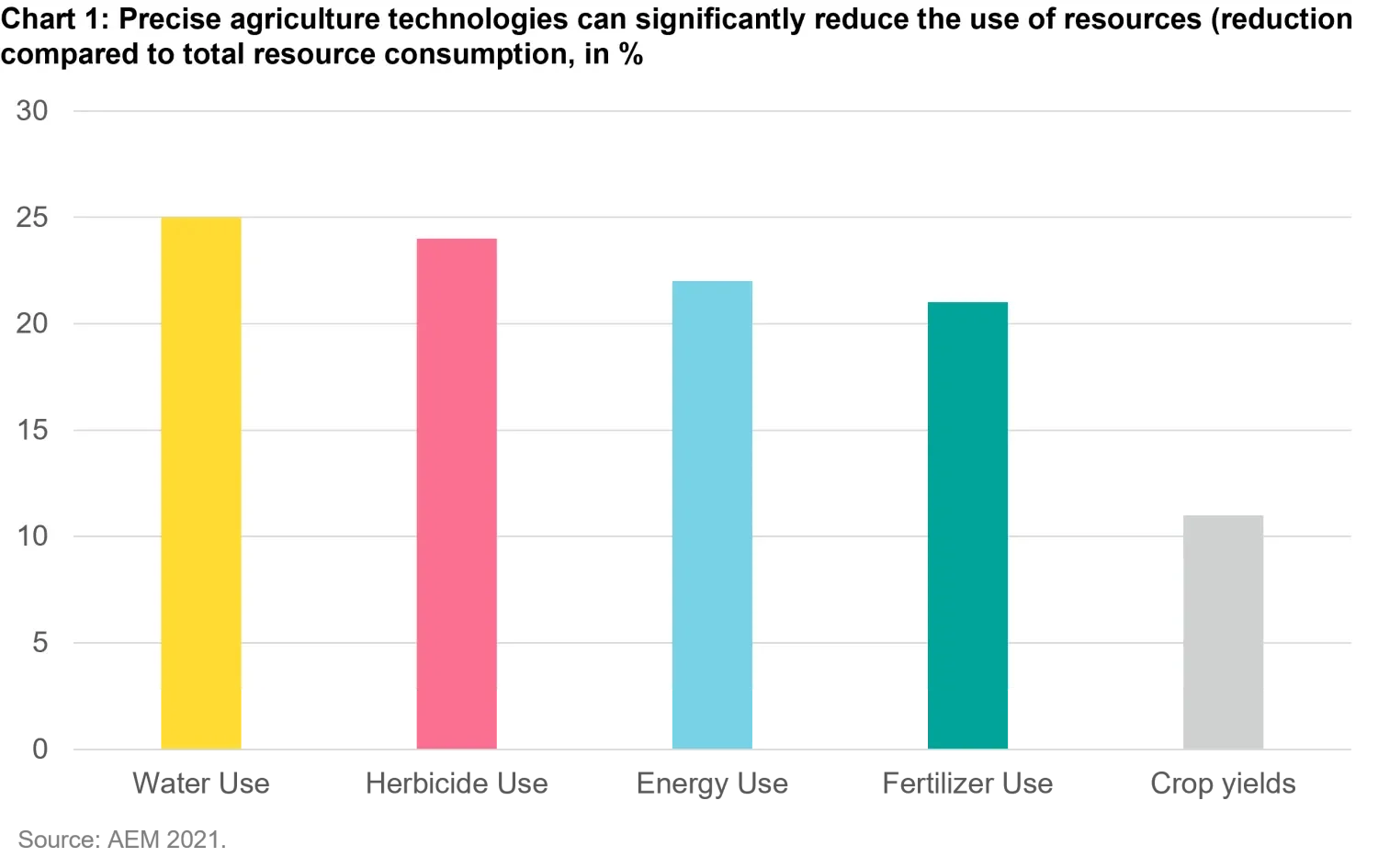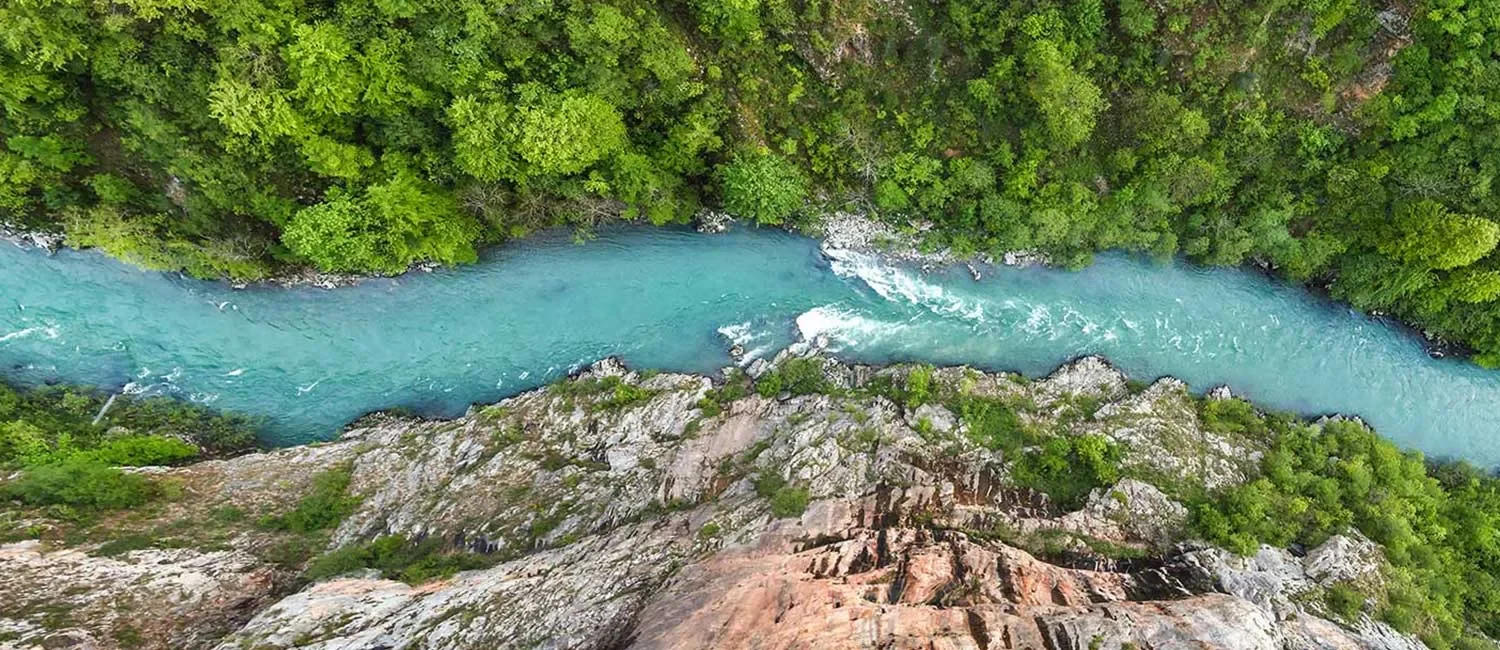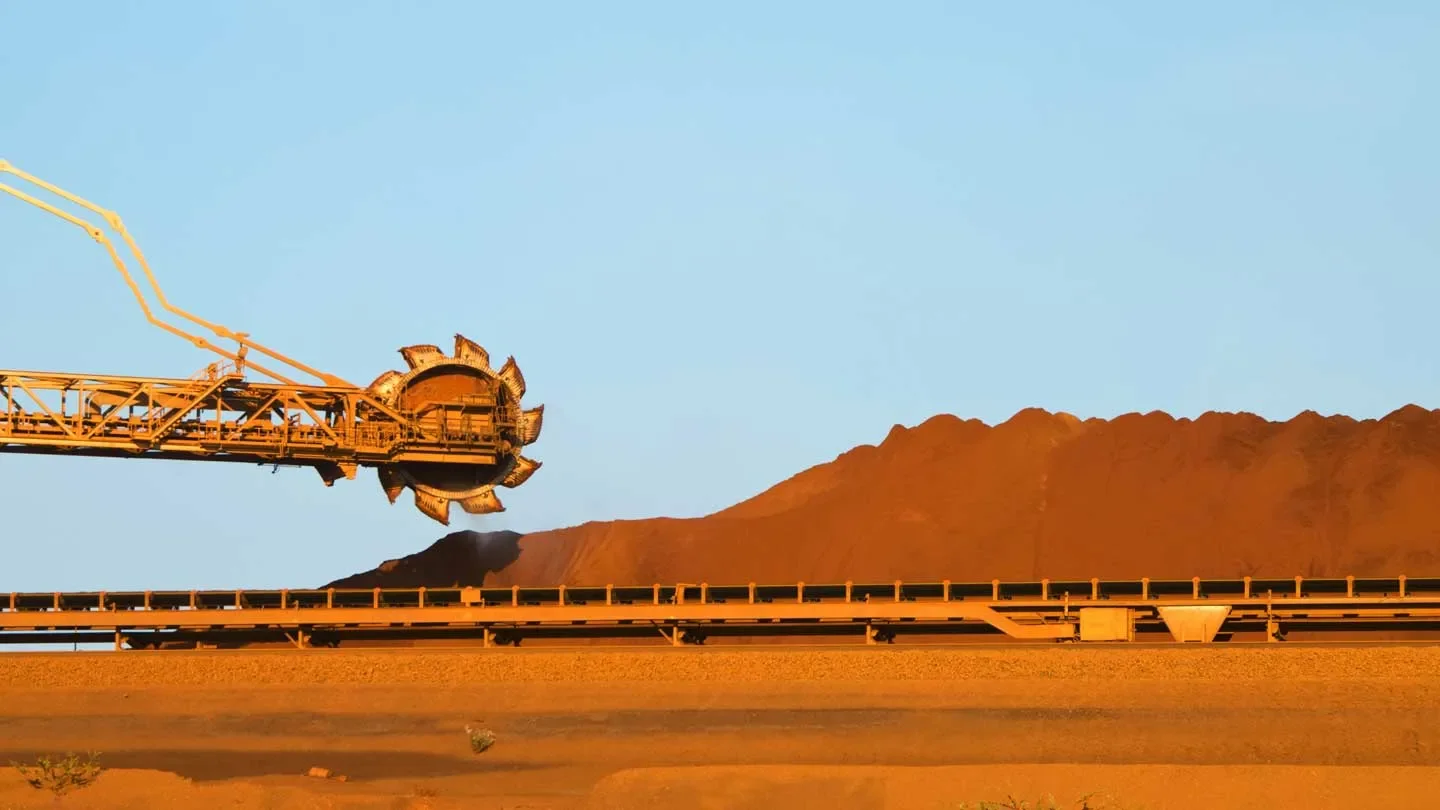World Water Day 2024: Will water scarcity threaten global stability?
Asset management
As explored in depth in The Quest for Resources white paper last year, investors in all asset classes should keep natural resource availability and access top of mind. It’s one of the main drivers of geopolitics and global economics, and every nation relies on these resources to maintain or improve living standards, develop the macroeconomy, and encourage industry. Resource abundance and access heavily influence geopolitical power and drive a nation’s sphere of influence on the global stage. It’s a major source of political risk: indeed, 40% of conflicts are linked to natural resources according to the United Nations.1
Along with clean air, sunlight, food and heated shelter, water is one of vital natural resources essential to sustaining life. We use it in every aspect of our daily lives, many of which may be less obvious than the water in our showers and drinking glasses. And at first glance, it would appear there is no shortage of water on our planet: after all, nearly 70% of the earth’s surface is water.2
But the reality is that the vast majority of it is salt water: a mere 2.5% is freshwater suitable for agriculture and industry, and an even smaller proportion is fit for human consumption.3 And the story gets even more complicated: only 1/3 of this water is accessible on the surface or stored in groundwater, meaning that in total, less than 1% of the earth’s total water supply is accessible and potable.4 The remaining freshwater is trapped in glaciers and ice caps.
The global demand for freshwater, a strained resource
While we generally associate freshwater with the essential resource that flows through our household faucets, 70% of freshwater is used for agricultural purposes, while 18% is necessary for industry. In some way, all of this is a part of our lives – it allows for the cultivation of the food we eat, and the products we use on a daily basis. But it also leaves 12% available for domestic household consumption – again, the water that comes through our faucets.
In short, the global demand for water looks to only grow further in the next years, as according to the United Nations, the population itself is set to grow to 9.7 billion people by 2050 from 8 billion today, and to 10.3 billion by 2100.5 The major part of this population growth is occurring in emerging markets experiencing an increase in living standards. When we couple this with climate change risk, water scarcity is a major issue that unfortunately is here to stay and is likely to worsen if individuals in industrialized societies continue to consume as much as they do today, in direct and indirect ways. On this year’s World Water Day, an annual United Nations observance, it’s important to acknowledge that approximately 47% of the global population currently experiences water scarcity at least one month of the year, and the issue only looks like it will deteriorate in time: the UN’s World Water Development Report estimates that 6 billion people will suffer from clean water scarcity by 2050.6
As is the case with all resources, the distribution of water resources is uneven. When comparing the global share of a country’s population with the actual water resources in the country, it becomes evident that countries like Russia, and the United States, as well as Europe and Latin America as a whole are in a relatively comfortable position. On the other end of the spectrum, China and India, which have the largest share of population, suffer from water scarcity. Needless to say, access to water, and in particular the volumes of water necessary for agriculture and industry, becomes a major geopolitical topic. In order to alleviate water scarcity and inequality, countries are interconnected, not only by rivers and lakes but also by underground water basins, relying on trade agreements and diplomacy. Of the global population of 8 billion people, more than 3 billion depend on water that crosses national borders. Yet, only 24 countries have cooperation agreements for all their shared water.7 In addition the logistics of transporting water across borders are terribly difficult: it is very costly to ship far distances, and is inevitably a source of conflict for the future. The United Nations predicts that the most vulnerable regions to water-based conflict due to scarcity issues are West and East Africa, the northern Middle East, and the areas bordering Central, East, and South Asia. This last region entails potential future water basin conflicts involving globally important powers such as India, Pakistan and China, all of which are already engaged in geopolitical and economic ongoing conflicts.
The promise of precision agriculture
How can we address such a significant structural issue? At least some of the answer may lie in technology: an important reality to acknowledge is the inefficient use of resources in agriculture. In short, we waste a significant amount of water and other key inputs while growing our food. The growing use of precision agriculture represents a tremendous step forward. It uses different technologies to optimize crop yields while reducing levels of resource use, waste and environmental impact. These technologies include GPS, remote sensing technologies such as drones and satellites for data collection, soil sensors to measure key variables, variable rate technology for targeted application of agricultural chemicals, and robotics and automation to perform tasks such as planting, harvesting, and pruning with greater accuracy and efficiency.
The use of precision agriculture technologies compared to traditional farming methods could lead to a decrease in water, herbicide, energy, and fertilizer use by 20 to 25 %, and an increase in crop yields by more than 10 %. Considering the growing population and increasing resource needs as mentioned above, this could be a game-changer.

Water for Peace
The theme of this year’s World Water Day is “Water for Peace.” The United Nations is acknowledging how the global use and growing demand for water will increasingly come into odds with supply and inability to easily distribute it equitably. Increased investment in technology that can help address this crucial issue is one important way to approach this powder keg and create positive momentum.
1.
https://peacekeeping.un.org/en/conflict-and-natural-resources#:~:text=The%20United%20Nations%20Environment%20Programme,in%20the%20first%20five%20years
.
2.
https://www.nationalgeographic.com/environment/article/freshwater-crisis
3. Ibid.
4.
https://www.iaea.org/sites/default/files/publications/magazines/bulletin/bull53-1/53105911720.pdf
5.
https://www.un.org/en/global-issues/population
6.
https://www.nature.com/articles/s41545-019-0039-9
7.
https://www.un.org/en/observances/water-day



